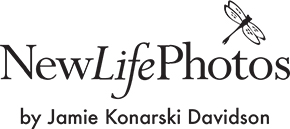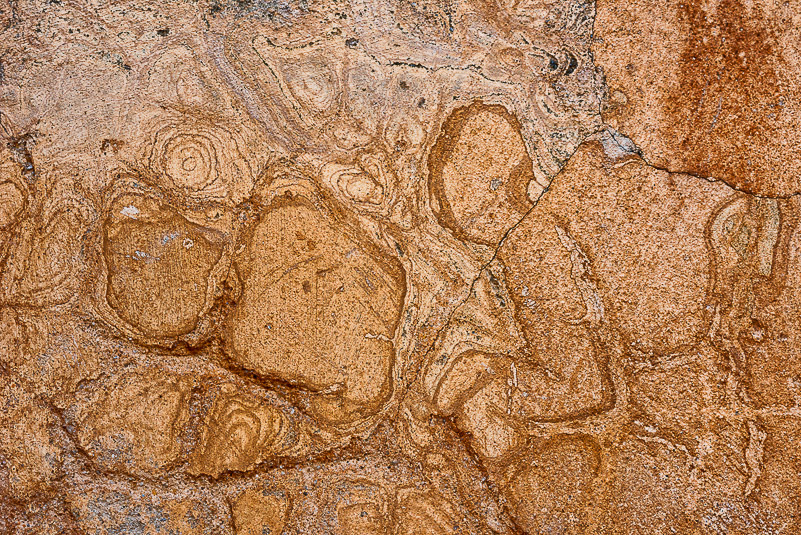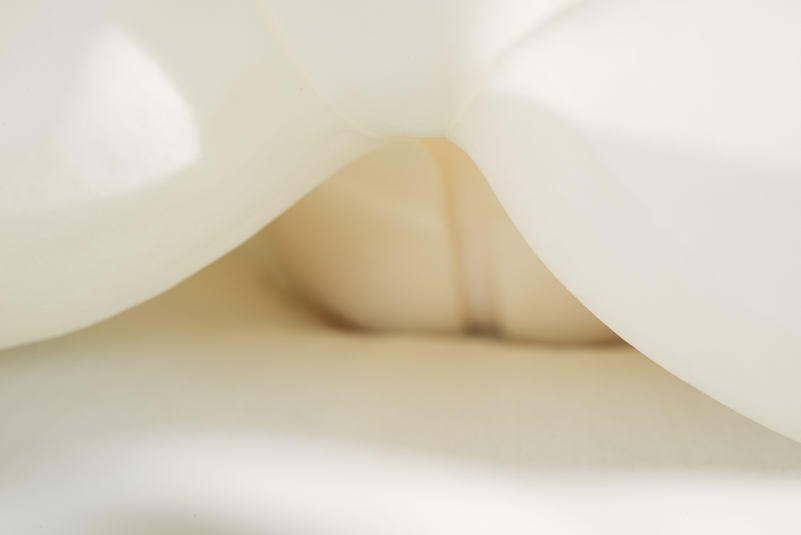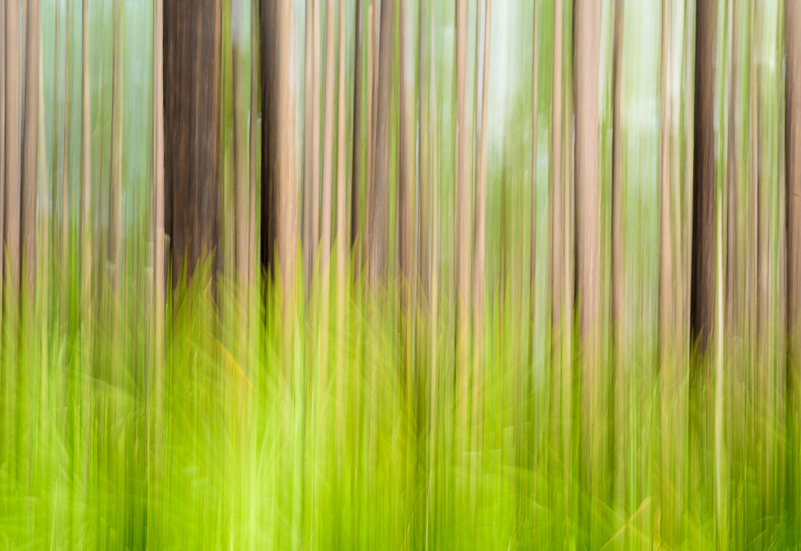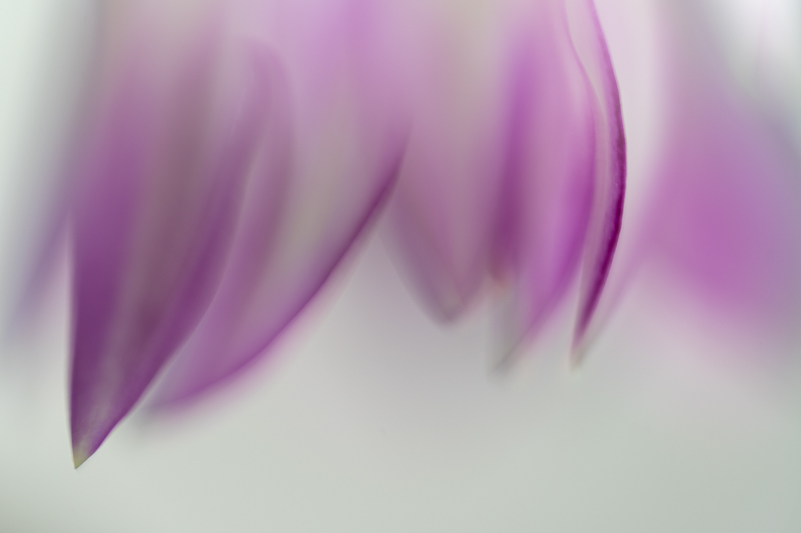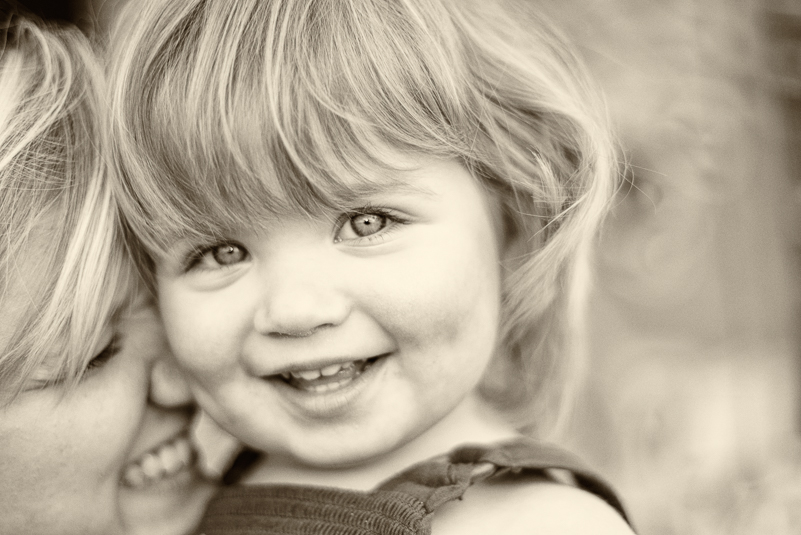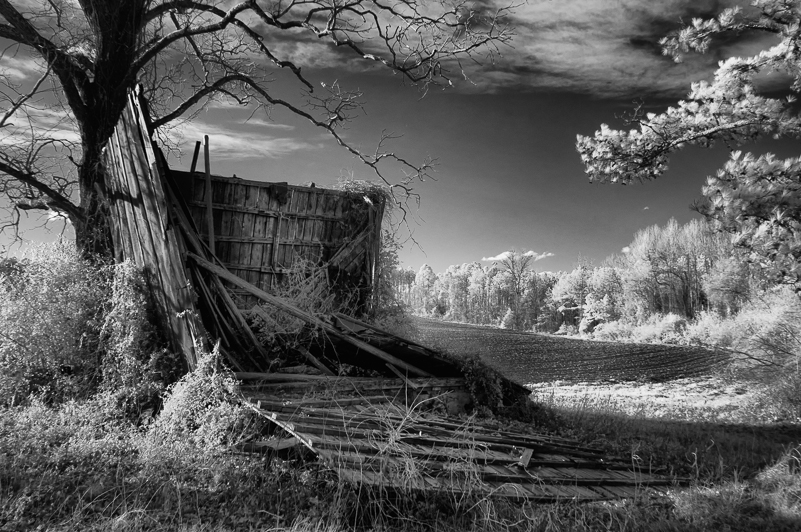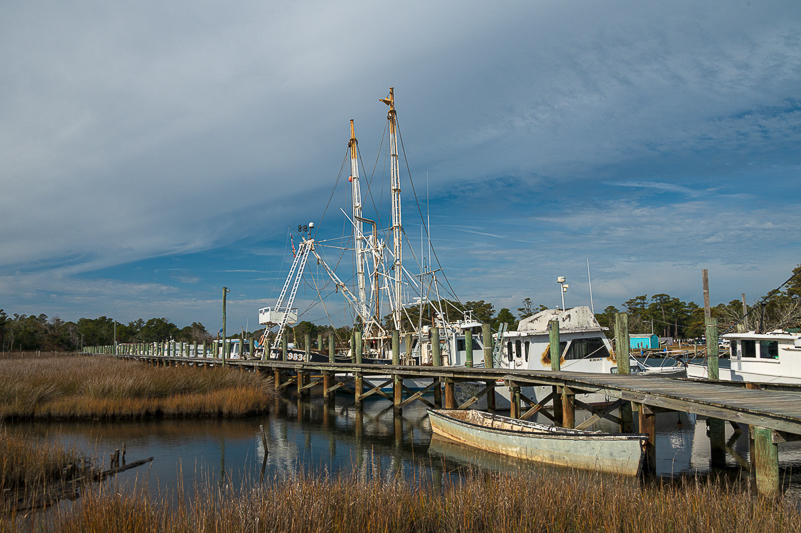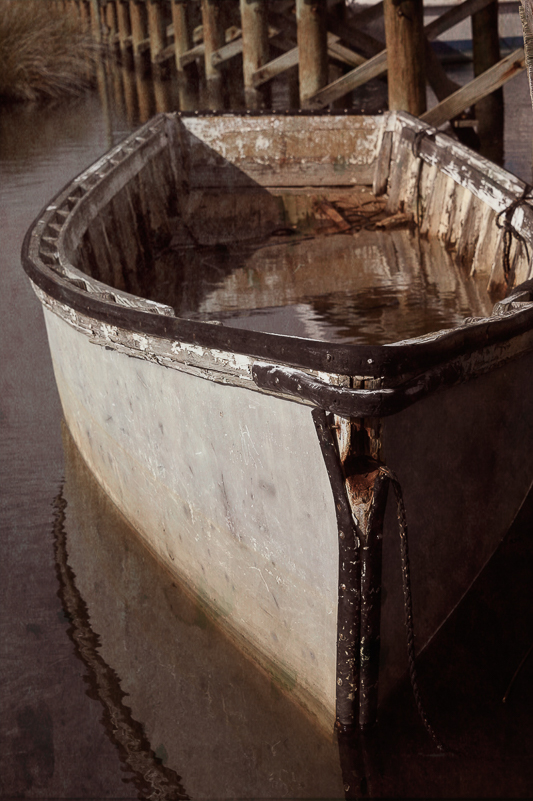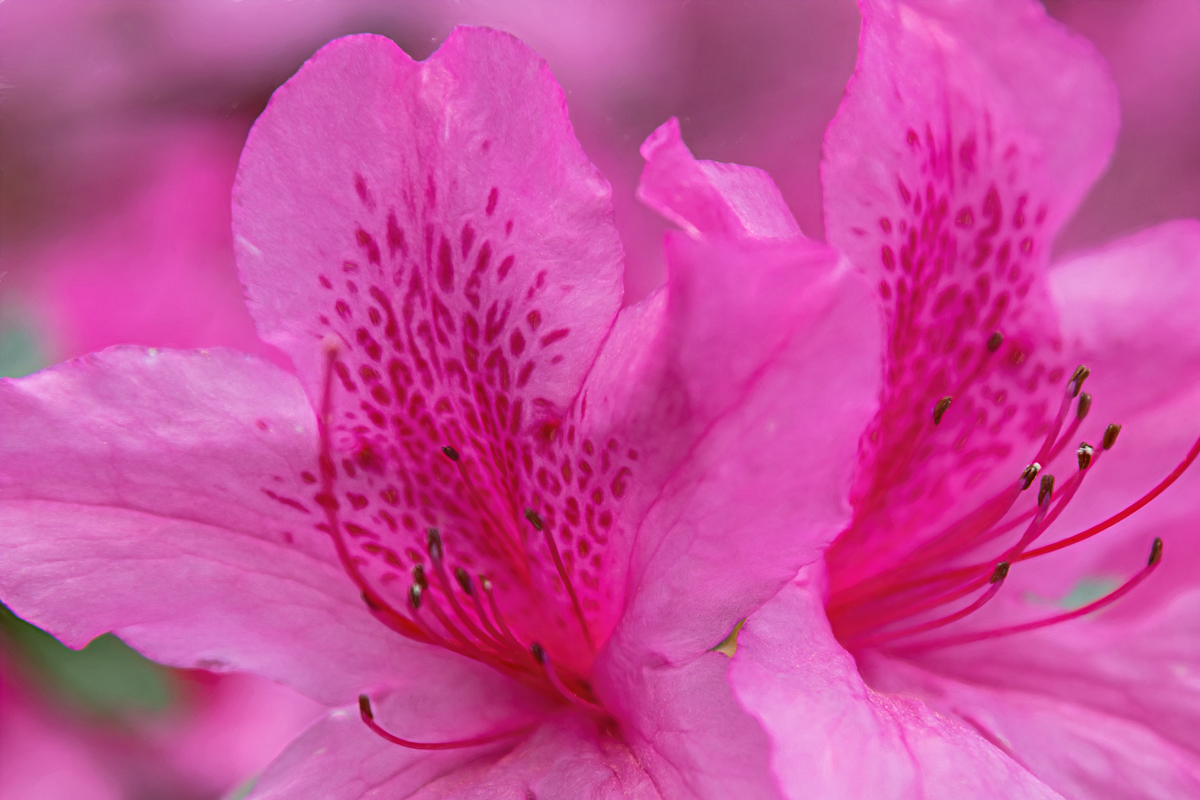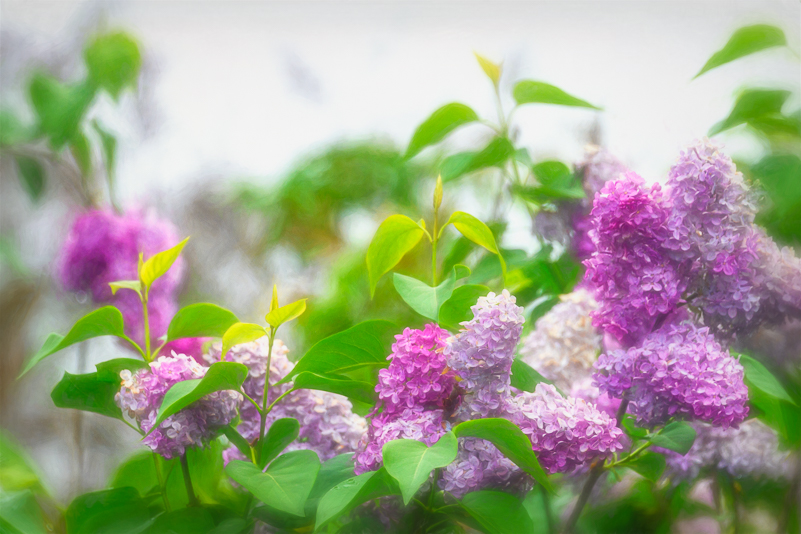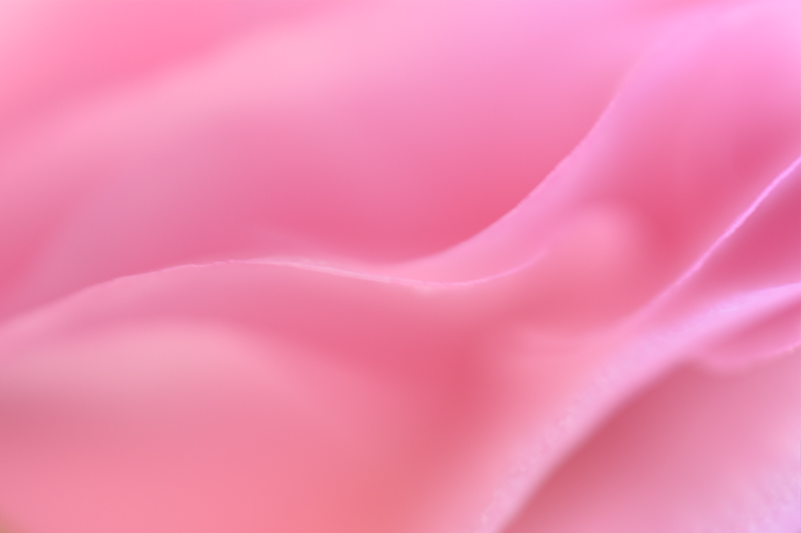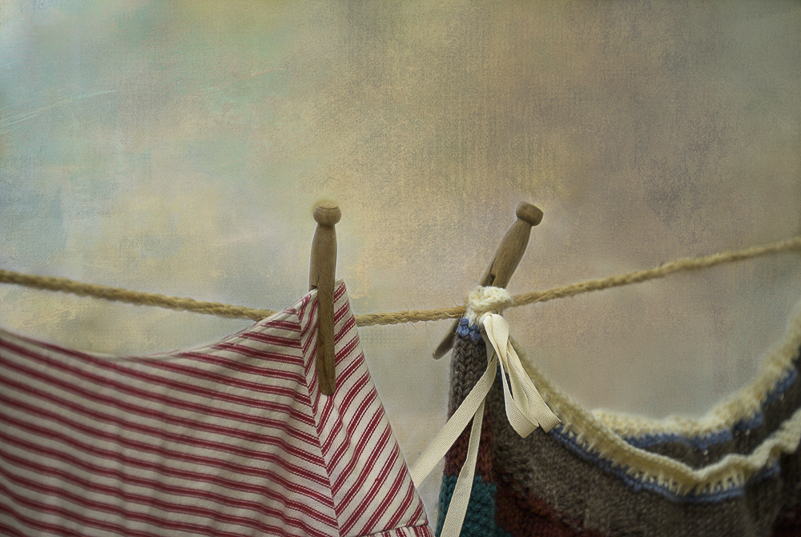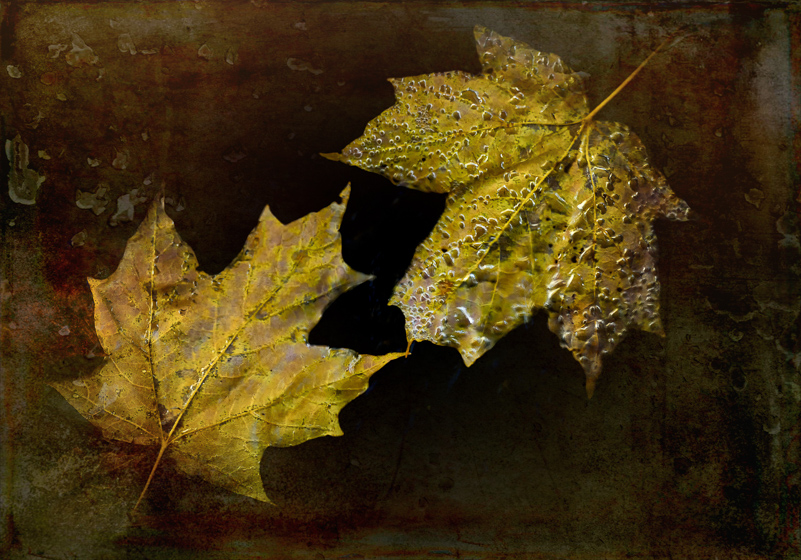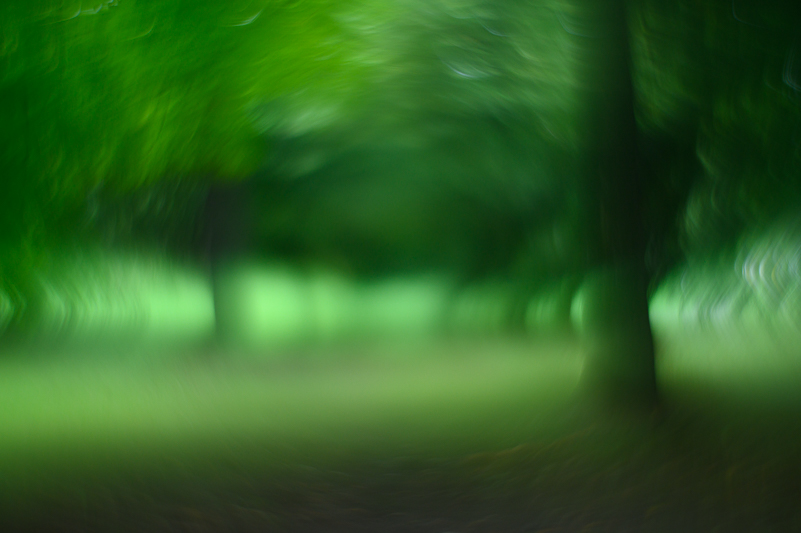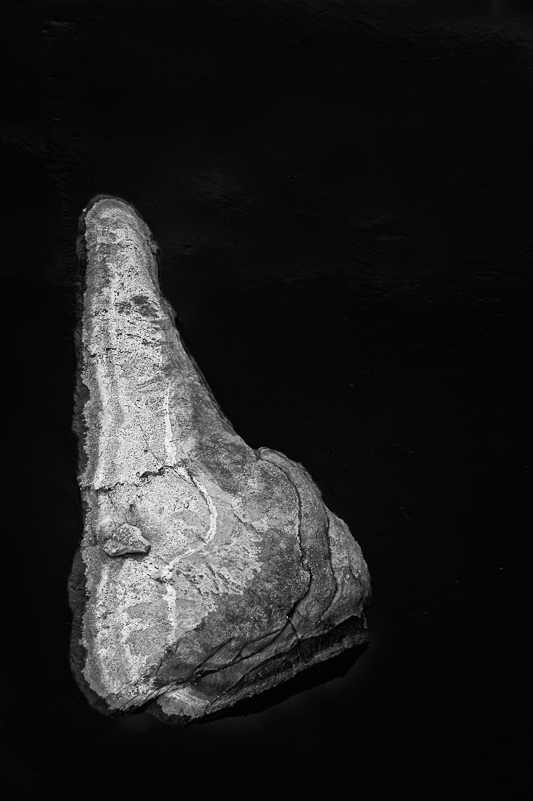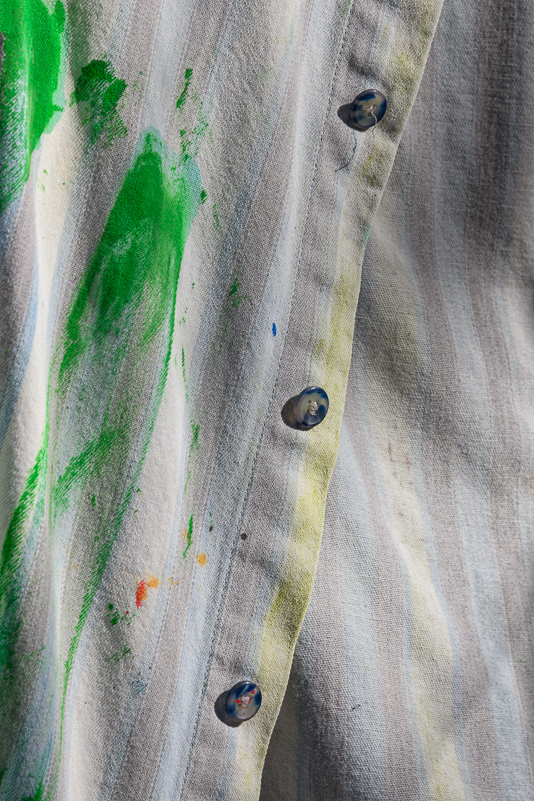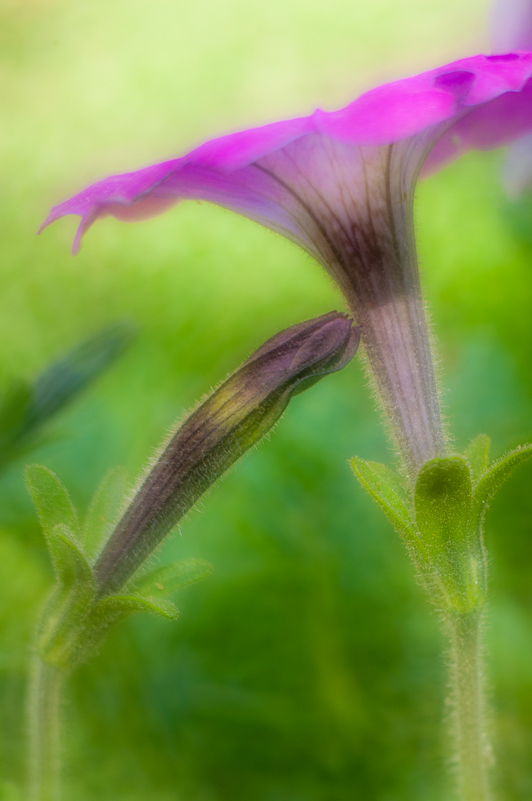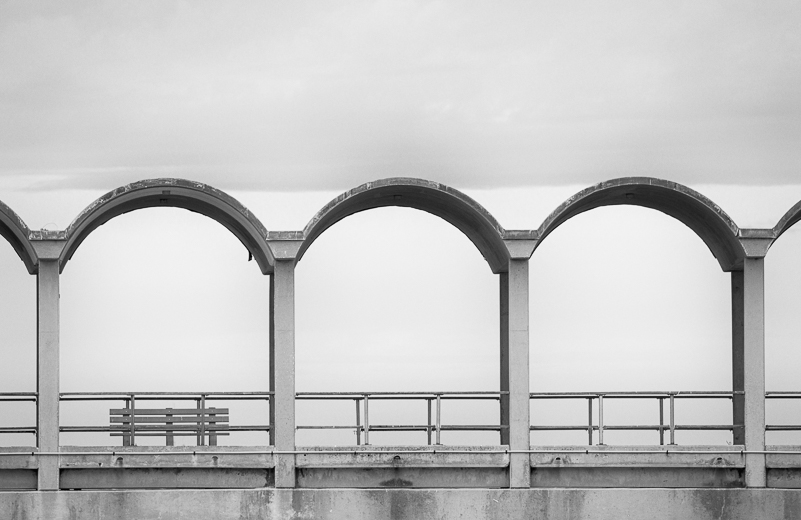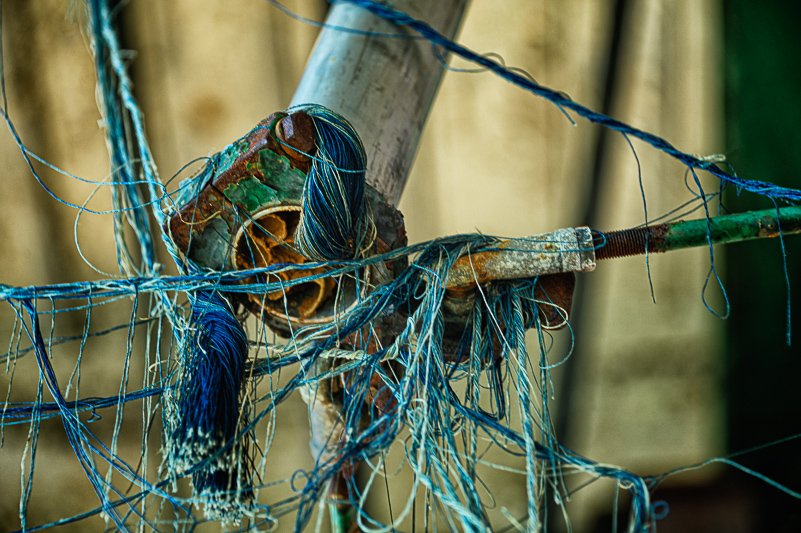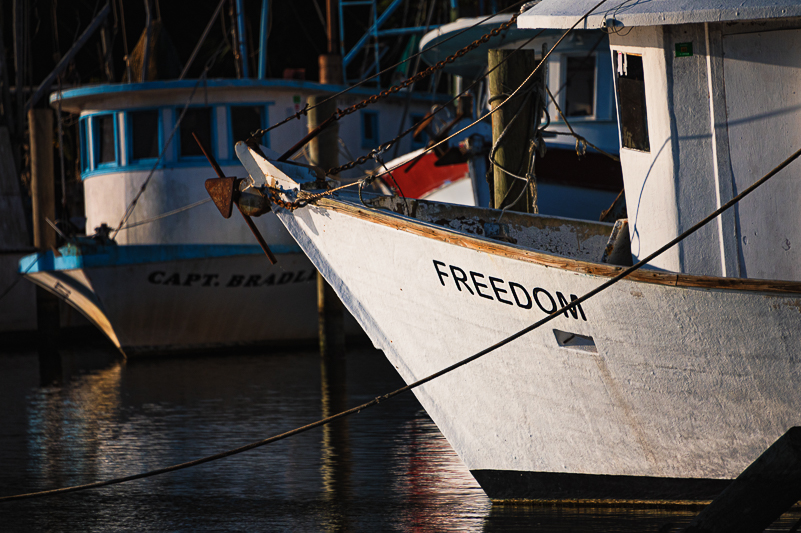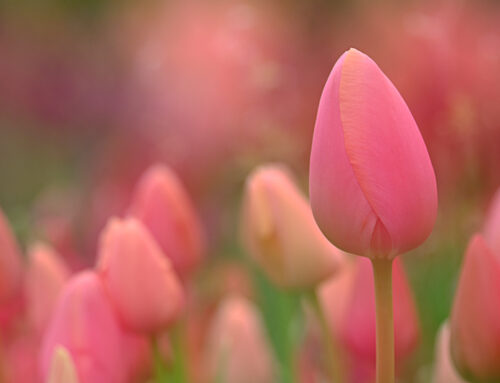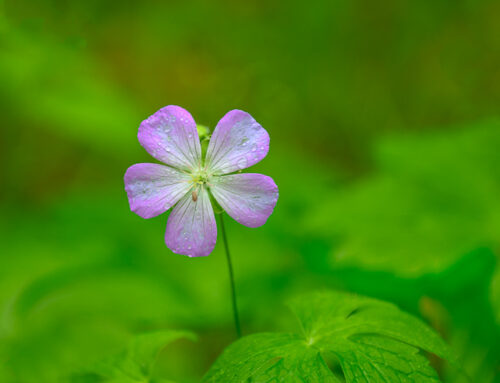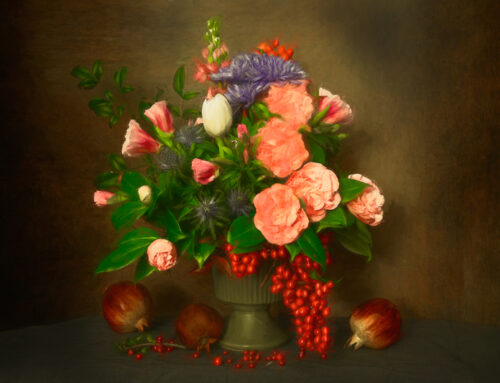It is an illusion that photos are made with a camera … they are made with the eye, heart and head.
– Henri Cartier-Bresson
Anyone remember those long car rides when you were growing up and headed out on a vacation? It didn’t matter where we were going or how long it was going to take to get there. It didn’t matter that we had books to read, crayons or pencils to draw with or “car-sized” games to play for the ride. It didn’t even matter if we had special snacks. Usually, after about thirty minutes (patient level of our youth if our parents were lucky), THAT question erupted. You know it – “Are we there yet?!?”
I have three sisters. I think we got through maybe one rotation of that question before my mother had enough. At that point, she may have issued a warning about what might happen next if she heard that question one more time. That may have also come with the “look”. But she didn’t stop there. She gave us something else to do. We were directed to play “The Cloud Game.” Remember that?
Look out the window at the clouds and share what you see in them. No, the answer is not clouds … We would see Mickey Mouse, a dog, a bear, a fish, a wave – anything but a cloud. This was early practice for making the distinction between what we were “looking at” and what we were “seeing.” The only wrong answer was “clouds.” Everything else was fair game. Now, fast forward to me as a photographer.
IT’S NOT WHAT YOU’RE LOOKING AT
You know this, right? What we look at is not all there is. What we photograph – everything – all have a name for what it is: a boat, a flower, a barn, cows, bricks, and, yes, clouds. What we look at, what we photograph, are first identified by their “fill-in-the-blank” name. What we SEE in each one of them is usually different and much more.
LOOK … to direct one’s gaze toward someone or something or in a specific direction.
The reason, as I perceive, is that when we look at something, we are using our eyes primarily, and we are in the stage of identifying the thing.
When we move past the looking and identifying stage and get on with the “seeing,” we are using far more than our eyes. We are making use of all our senses (sight, sound, smell, touch) and more. Sometimes, probably more often than we realize, we are also responding to our mood, moments of light, shadow & darkness, and whatever memory the thing may evoke. When we do this, our images can become more impactful. When we tap into what the thing (whatever it is) brings into our mind and heart, our images become stronger.
I’m more inclined to relate to what Merriam-Webster has to say about seeing:
SEE … to perceive by the eye (similar to looking), but further expands: to be aware of, to imagine a possibility, to form a mental picture, to perceive the meaning or importance of, and to come to know … discover.
IT’S WHAT YOU SEE
PEOPLE
I’ll begin with a subject within my photography that does not come easily. Generally, I don’t photograph people, but, every once in a while, an opportunity that is irresistible and unexpected presents itself. Some years ago, I met my niece and great-niece on location at my painted barns – subjects I have loved and photographed for over twenty years. We visited for a while, and I took some pictures of them. When I looked at them later, one stood out from the rest. Break it down: I was photographing family, a mother and daughter. I don’t “do people,” but I try and do my best. In this image, we all are looking at two young ladies that no one else knows but me. What I see beyond that is a special moment. I see love. And, when I processed it, I made the effort to have that love and beauty reflected in the image. The image is not about what I was looking at.
When you consider photographers who photograph people, especially street photography portraits, there is always more to the images than a person on the streets. There are stories presented in the location, in the expression, the clothing, the aged faces and hands, and so much more. Those photographers are working quickly and are open to whatever presents itself – quite different from formal portrait photography in that respect. As I have not dabbled in street photography, I’m thinking that more thought goes into the finished image when all the images are viewed later.
LANDSCAPES – RURAL & COASTAL
I love photographing the rural and coastal landscapes – farms, old barns, equipment, rolling hills or the flatlands (where I live) and harbors, shrimp boats and ropes. Not everyone is able to appreciate the beauty of a falling down barn or crop or tractors, but I do. A big reason for this is that I have and make connections – emotional and nostalgic. My father grew up on a farm. I know more than a few farmers. I talk with them about their lifestyle. Farming is hard work – period. And, yet, all the farmers I’ve met endure all the challenges that nature and a changing world present. They keep on keeping on until they can’t. Some of what is different is that younger generations have different ideas, and their love of the land and farming and hard work are waning. That’s when the barns get left behind and eventually fall down, disappear. And THAT is what I see when I look at an old barn or rusted pieces of farm equipment – a fading lifestyle. I have this same sentimental connection when I visit some of my favorite coastal towns that hold the shrimpers and old-school fishing vessels. Those white-boot wearing watermen – the ones I talk with – wouldn’t do anything else because they love the water and its ways. Hard, hard work, but they love it and will do it until they can’t.
I see more than boats and boots and nets at the docks. I see passions holding on. I see scenes that one day will be gone, never to return. I see the farmers and fishermen and families that are holding onto the life and livelihood they love. Maybe, the next time you stop on the side of the road in the middle of nowhere or in a small fishing village that is full of wabi sabi (beauty in decay), force yourself to do more than “look” and grab a few shots. Make the time to see more.
FLOWERS AND GARDENS
Anyone who knows me knows how much I love flowers. You would think that it would be easy for me and other flower-loving photographers to enter a garden, fall in love and instantly “see” so much more than garden paths, flowers, bushes, flowering trees, and luxurious waves of color. It is not easy. Actually, it is easier to keep on walking and appreciate the “prettiness” while on the search that perfect bloom. This is not how I approach any garden, but I’ve seen it happen often enough. I’ve seen this “park, hit and run” approach far too often.
In response to the hit-and-run approach (and when I am able), I will take the time to make that photographer think. With sometimes reluctant permission, I will make them slow down, have a seat, and, at first, just look. Then, the dialogue ensues: Tell me what you are looking at. What do you like? Why did you stop here? Okay … my questions continue (just as often to myself). Is it the color? The shape? The way the light is hitting the petals? What else? Perhaps, it could be how the two flowers are leaning or reaching toward each other and how it speaks of connection and love to you.
To be honest, whenever I see azaleas, I think of my grandmother. I remember how much she loved them, and how much my grandfather loved her and made sure their home and yard were surrounded and filled with them. That is what I “see” in my heart when I look at azaleas. When I am in a certain frame of mind, my azalea images reflect that. When I am in a garden with lilacs, I am back at my childhood home, where our neighbor had a long row of them. I remember the beautiful colors and scents and the bouquets we would pick for our mother and teachers.
It’s no secret that I love flowers – all of them, whether I photograph them or not. It’s a rare time when I simply capture a flower image only for its name. Very rare, unless I’m in a hurry and don’t have time to stop. If I spent the kind of time I would want to with every flower that draws me in, I’d probably never get past the entrance of any garden! Therefore, I have to exercise a level of discipline when I’m meandering through public or private gardens. Not so much when the flowers are in my home, ordered in, scavenged or grown. I ask myself many of the same questions as mentioned earlier, very often already knowing the answers. My favorite question, regardless of the subject, is: “IS THERE MORE?” The answer is almost always, “yes.” I think this is the question that will help get you past the “looking” stage.
PRACTICAL SIDE OF “LOOKING” AND “SEEING”
The practical side of you should be prepared to use the tools you need to create an image that communicates what you “see” (and what you want others to respond to). Do you need to change your lens, add a filter, use a diffuser or reflector? Do you need to use your tripod or will your vision be achieved more easily handholding? What about using motion or flow? What aperture do you need to send your message? And, just as meaningful, you want to think about how an image becomes what you envision. Do you see it in monochrome? As a square or some other format? Do you see an artistic interpretation using textures or image overlays? Or is your interpretation of the subject enough with only a little refinement?
Does your image communicate what you want it to say? Does it project the mood you want? If not, why not? Remember, we photograph for ourselves first (or at least I do). When I sit down to edit an image, those are some of the questions I ask myself and answer. If I don’t know how to do something to make my vision come to life, there is always Google. Even better, I have a network of photographer friends willing to help get me past the image goal line.
WHAT DO YOU “SEE”?
Don’t get me wrong, there’s a place for documenting. There really is, especially if you’re like me and have a tendency to take deep dives and dig into the details of your subjects right down into the abstract world. I’ve said it before – take the “what it is” photo before you start the digging or before you leave the subject so that you have a reference point. There are many images I’ve made that have no context to time or place. Most of the time, it doesn’t matter, but sometimes I wish I had that information.
The possibilities for going beyond the “what” are endless. Sometimes those possibilities will be easy to see, other times the hunt can be filled with angst, especially if you’re also in a “I’m just not seeing anything” kind of mood. If you absolutely must: go ahead and quit, walk away. (I rarely do.) However, if you really don’t want to walk away with nothing, and if you’re willing to push through the angst, then stay. Try this exercise:
Stop where you are. Sit down. Just sit. Do NOT touch your camera. Put it down. Just be where you are. Keep your eyes open or closed, doesn’t matter. Listen. What do you hear? Breathe. What do you smell? Feel. Is it warm or cool? Is there a breeze? Reach out your hands and touch whatever is around you (if possible). Don’t worry about what you will photograph. Now, look. Simply, be still and observe. If you want, make a mental list of what you are looking at. Anything grab you? Why? What are you “SEEING?”
The “why’s” vary greatly, and that’s a good thing! Sometimes the thing that grabs you is the color, the texture, the lines or the light. Sometimes it really is the thing with a name, and just that. Usually there is a reason for the attraction, and not just because it is in front of you. What does whatever you’re looking at remind you of? How does it make you feel? What is the mood? The metaphor?
Give me an old lock or an oil can or a bunch of flowers and I’ll find something more than whatever it is to draw out in an image. I’ll think of stories surrounding the thing or make up stories. I’ll zone in on the details. I’ll tap into whatever the subject inspires in me. That is what will help you get beyond the documentary image as well. It is about being mindful and intentional. Practicing the act of paying attention does not have to take a lot of time, but doing so will help you find even cooler things to photograph in more unique and impactful ways.
PARTING THOUGHTS
Sometimes, it really is just the clouds that make us stop and look (not our moms). We are not required to see a dinosaur or teddy bear in them. However, we should be able to be more in touch with why they made us stop. Is it the texture, the drama, the flow? Is it the light that’s happening on the landscape because of the clouds? Whatever made you stop for them or any other subject, say it. Don’t leave until you see it on the back of your LCD screen (or in your viewfinder if you’re shooting film). It’s NOT what you’re looking at, it’s what you SEE. Remember:
WE LOOK FIRST. WE LINGER LONGER, AND, THEN, WE WILL SEE.
